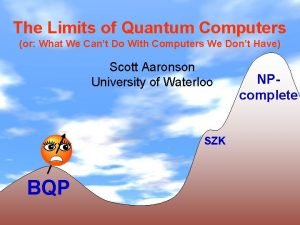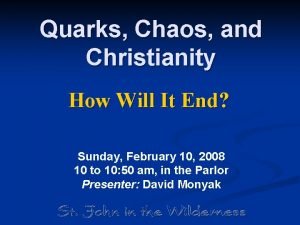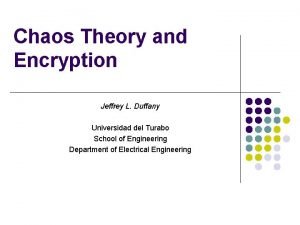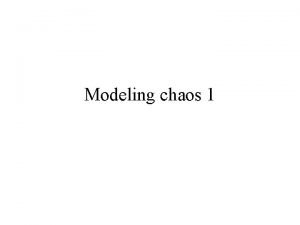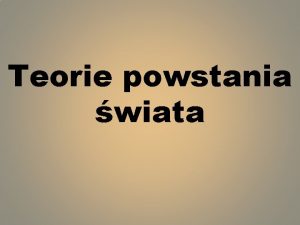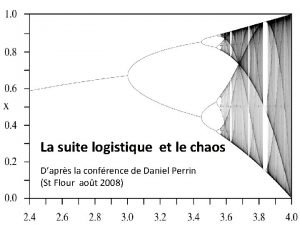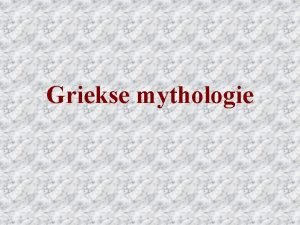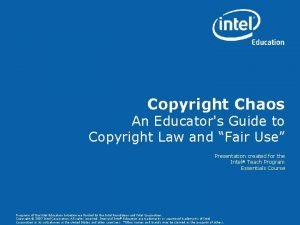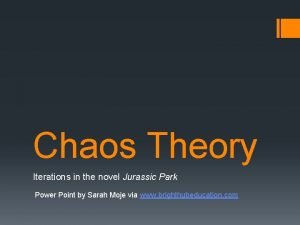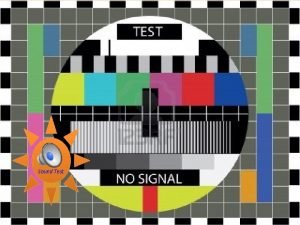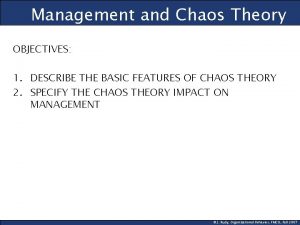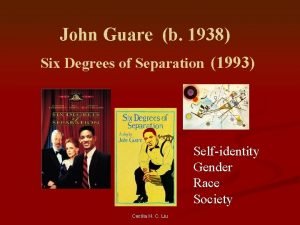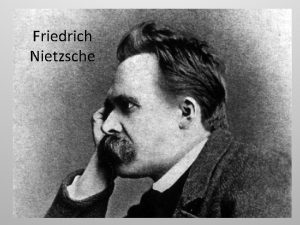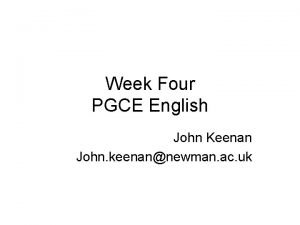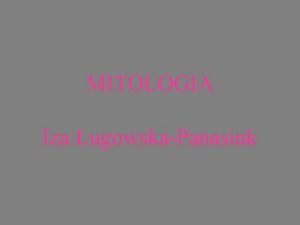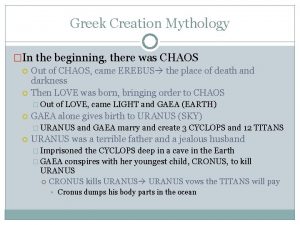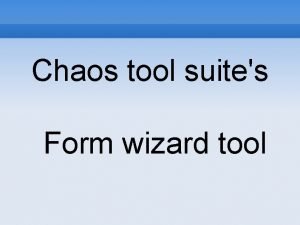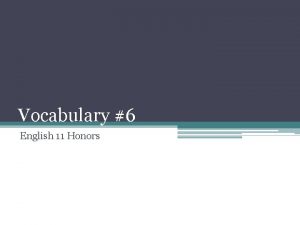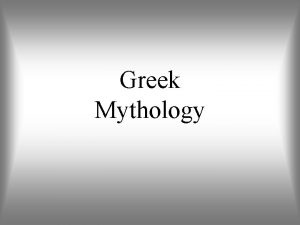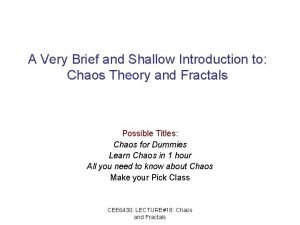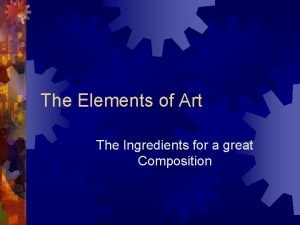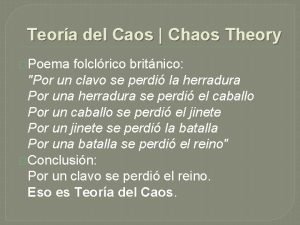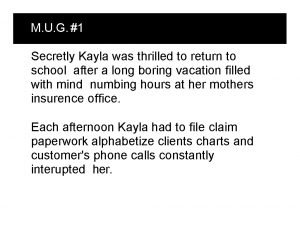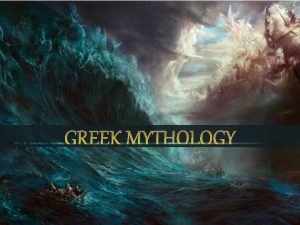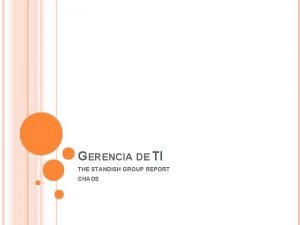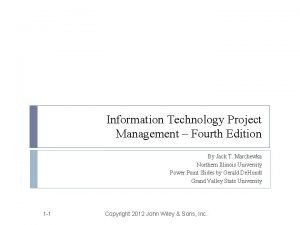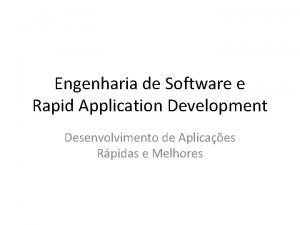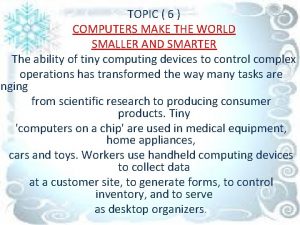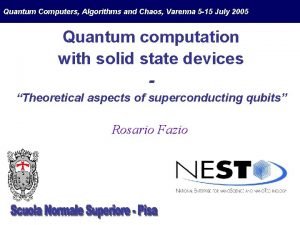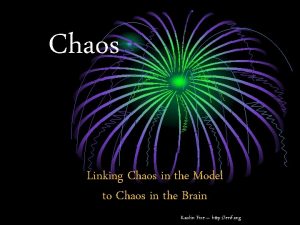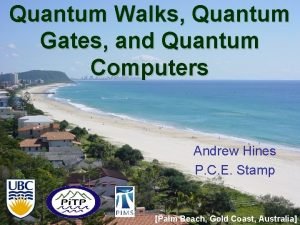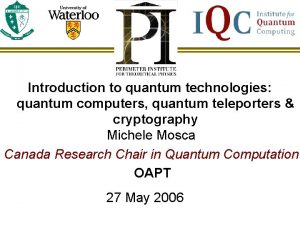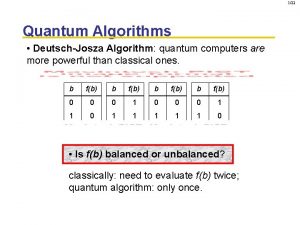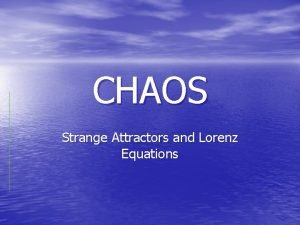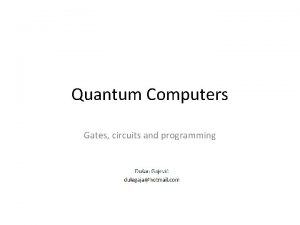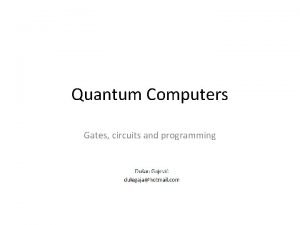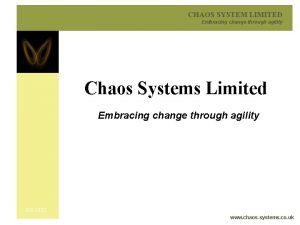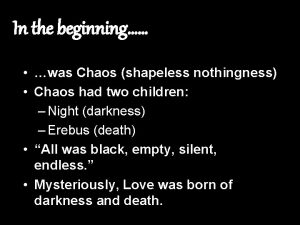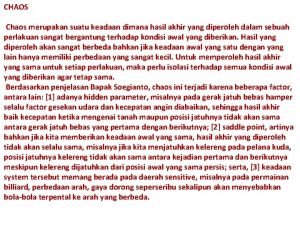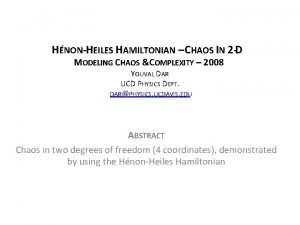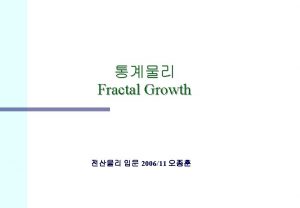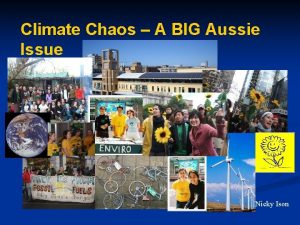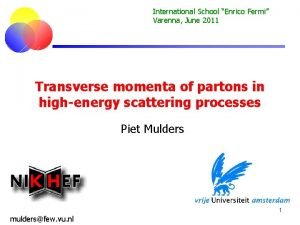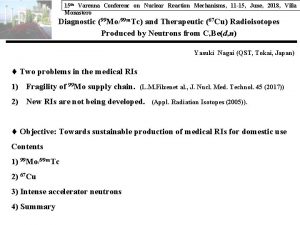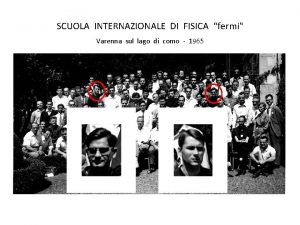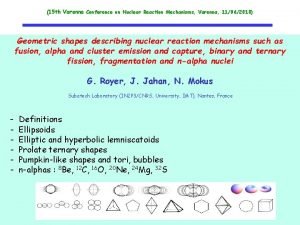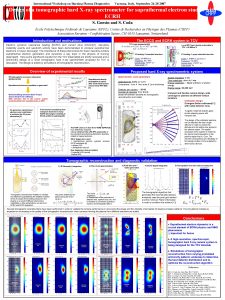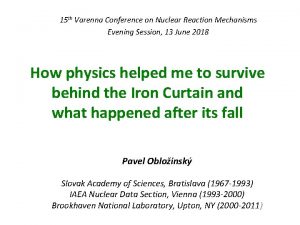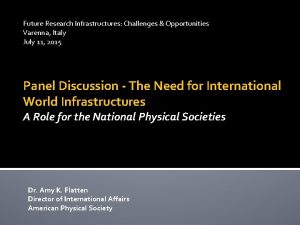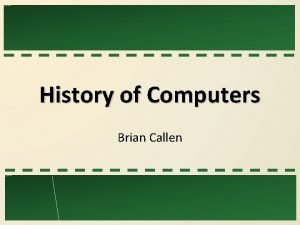Quantum Computers Algorithms and Chaos Varenna 5 15






































- Slides: 38

Quantum Computers, Algorithms and Chaos, Varenna 5 -15 July 2005 Quantum computation with solid state devices “Theoretical aspects of superconducting qubits” Rosario Fazio

“Di. Vincenzo list” • • • Two-state system Preparation of the state Controlled time evolution Low decoherence Read-out Geometric quantum computation Applications (Esteve) (Averin)

Outline Lecture 1 - Quantum effects in Josephson junctions - Josephson qubits (charge, flux and phase) - qubit-qubit coupling - mechanisms of decoherence - Leakage Lecture 2 - Geometric phases - Geometric quantum computation with Josephson qubits - Errors and decoherence Lecture 3 - Few qubits applications - Quantum state transfer - Quantum cloning

Solid state qubits Advantages - Scalability - Flexibility in the design Disadvantages - Static errors - Environment

Qubit = two state system How to go from N-dimensional Hilbert space (N >> 1) to a two-dimensional one?

All Cooper pairs are ``locked'' into the same quantum state

Quasi-particle spectrum There is a gap in the excitation spectrum D D T/Tc

Josephson junction j 1 I j 2 Energy of the ground state • Cooper pairs also tunnel through a tunnel barrier ~ -EJcosj • a dc current can flow when no voltage is applied • A small applied voltage results in an alternating current

SQUID Loop j. L F j. R

Dynamics of a Josephson junction j 1 +++++++ _______ X = j 2

Mechanical analogy

Washboard potential U(f)

Quantum mechanical behaviour The charge and the phase are Canonically conjugated variable From a many-body wavefunction to a one (continous) quantum mechanical degree of freedom Two state system

Josephson qubits are realized by a proper embedding of the Josephson junction in a superconducting nanocircuit Charge qubit 1 Charge-Phase qubit Flux qubit 104 Phase qubit Major difference is in the form of the non-linearity

Phase qubit U(f) Current-biased Josephson junction The qubit is manipulated by varying the current

Flux qubit X j 1 (t) j 2 The qubit is manipulated by varying the flux through the loop f and the potential landscape (by changing EJ)

Cooper pair box tunable: - external (continuous) gate charge nx - EJ by means of a SQUID loop

Cooper pair box Cooper pair number, phase difference voltage across junction current through junction

Cooper pair box

Cooper pair box CHARGE BASIS V EC å (n - n x) 2 N Charging EJ n n 2 å( n n IJ Cx Cj n +1 + n + 1 n ) n Josephson tunneling

From the CPB to a spin-1/2 In the |0>, |1> subspace Hamiltonian of a spin In a magnetic field H= Magnetic field in the xz plane

Coherent dynamics - experiments Chiorescu et al 2003 Nakamura et al 1999 NIST Schoelkopf et al, Yale See also exps by • Chalmers group • NTT group • … Vion et al 2002

Charge qubit coupling - 1 EJ 1 C Vx F EJ 2 C nx Cx EJ 1 C F EJ 2 C L nx Cx Vx Inductance

Charge qubit coupling - 2 EJ 1 C F EJ 2 C nx Cx Capacitance

Charge qubit coupling - 3 EJ 1 C F EJ C F F EJ 2 C nx Cx Josephson Junction

Tunable coupling Variable electrostatic transformer Untunable couplings = more complicated gating The effective coupling is due to the (non-linear) Josephson element The coupling can be switched off even in the presence of parasitic capacitances Averin & Bruder 03

Leakage The Hilbert space is larger than the computational space |m> |m+1> Consequences: a) gate operations differ from ideal ones (fidelity) ~Ec |0> b) the system can leak out from the computational Ej space (leakage) qubit |1> One qubit gate Leakage Fidelity Two qubit gate Fidelity

Sources of decoherence in charge qubits electromagnetic fluctuations of the circuit (gaussian) Z discrete noise due to fluctuating background charges (BC) trapped in the substrate or in the junction Quasi-particle tunneling

Reduced dynamics – weak coupling Full density matrix TRACE OUT the environment RDM for the qubit: populations and coherences

Reduced dynamics – weak coupling Ø q=0 ”Charge degeneracy” (e = 0 , W = EJ) no adiabatic term optimal point Ø q=p/2 ”Pure dephasing” (EJ =0 , W = e) no relaxation

Background charges in charge qubits z Fluctuations due to the environment HQ E E is a stray voltage or current or charge polarizing the qubit x Charged switching impurities close to a solid state qubit d i+d i E electrostatic coupling charged impurities Electronic band

g=v/g weak vs strongly coupled charges “Weakly coupled” charge Decoherence only depends on = oscillator environment “Strongly coupled” charge • large correlation times of environment • discrete nature • keeps memory of initial conditions • saturation effects for g >>1 • information beyond needed

EJ=0 – exact solution Constant of motion

EJ=0 – exact solution In the long time behavior for a single Background Charge ~ ~ The contribution to dephasing due to “strongly coupled” charges (slow charges) saturates in favour of an almost static energy shift

Background charges and 1/f noise Experiments: BCs are responsibe for 1/f noise in SET devices. Standard model: BCs distributed according to with yield the 1/f power spectrum from experiments Warning: an environment with strong memory effects due to the presence of MANY slow BCs

Slow vs fast noise Split “Fast” noise Slow noise ≈ classical noise • slow 1/f noise Two-stage elimination in general quantum noise • fast gaussian noise • fast or resonant impurities

Initial defocusing due to 1/f noise Paladino et al. 04 • Slow noise: x(t) random adiabatic drive g. M <W → adiabatic approximation • Retain fluctuations of the length of the Hamiltonian → longitudinal noise Large Path Nfl central limit theorem → • Static Approximation (SPA) variance • gaussian distributed z expand to second order H in x → quadratic noise Q x Optimal point see also Shnirman Makhlin, 04 Rabenstein et al 04 s 2

Initial defocusing due to 1/f noise Falci, D’Arrigo, Mastellone, Paladino, PRL 2005, cond-mat/0409522 z HQ x with recalibration Optimal point Initial suppression of the signal due essentially to Standard measurements no recalibration SPA inhomogeneuos broadening (no recalibration)
 The limits of quantum computers
The limits of quantum computers Quantum physics vs mechanics
Quantum physics vs mechanics Quantum physics vs quantum mechanics
Quantum physics vs quantum mechanics Quarks chaos and christianity
Quarks chaos and christianity Chaos theory and cryptology
Chaos theory and cryptology Fractals and chaos
Fractals and chaos Na początku był chaos biblia
Na początku był chaos biblia Signaltransduktion geschmack
Signaltransduktion geschmack Nephilim
Nephilim Suite logistique
Suite logistique Stamboom van de griekse goden
Stamboom van de griekse goden Greek mythology family tree starting with chaos
Greek mythology family tree starting with chaos Animal that symbolizes chaos
Animal that symbolizes chaos Copyright chaos
Copyright chaos Third iteration jurassic park
Third iteration jurassic park Chaos sound test
Chaos sound test Chaos theory management
Chaos theory management Kandinsky chaos control
Kandinsky chaos control Nietzsche draw
Nietzsche draw Chaos ruled ok in the classroom
Chaos ruled ok in the classroom Drzewo genealogiczne uranos i gaja
Drzewo genealogiczne uranos i gaja In the beginning there was chaos
In the beginning there was chaos Chaos tool suite
Chaos tool suite Chaos in de klas
Chaos in de klas Applied physics letters
Applied physics letters Synonym of in conclusion
Synonym of in conclusion Greek goddesses of chaos
Greek goddesses of chaos Tyche family tree
Tyche family tree Cauliflower chaos fractals every
Cauliflower chaos fractals every Generally restful like the horizon where the sky meets land
Generally restful like the horizon where the sky meets land Poema por un clavo
Poema por un clavo M.u.g
M.u.g In the beginning there was chaos
In the beginning there was chaos Report chaos
Report chaos What did the molten sea represent
What did the molten sea represent Standish group chaos report 2020
Standish group chaos report 2020 Chaos report
Chaos report Chaos aip
Chaos aip Computers make the world smaller and smarter
Computers make the world smaller and smarter
